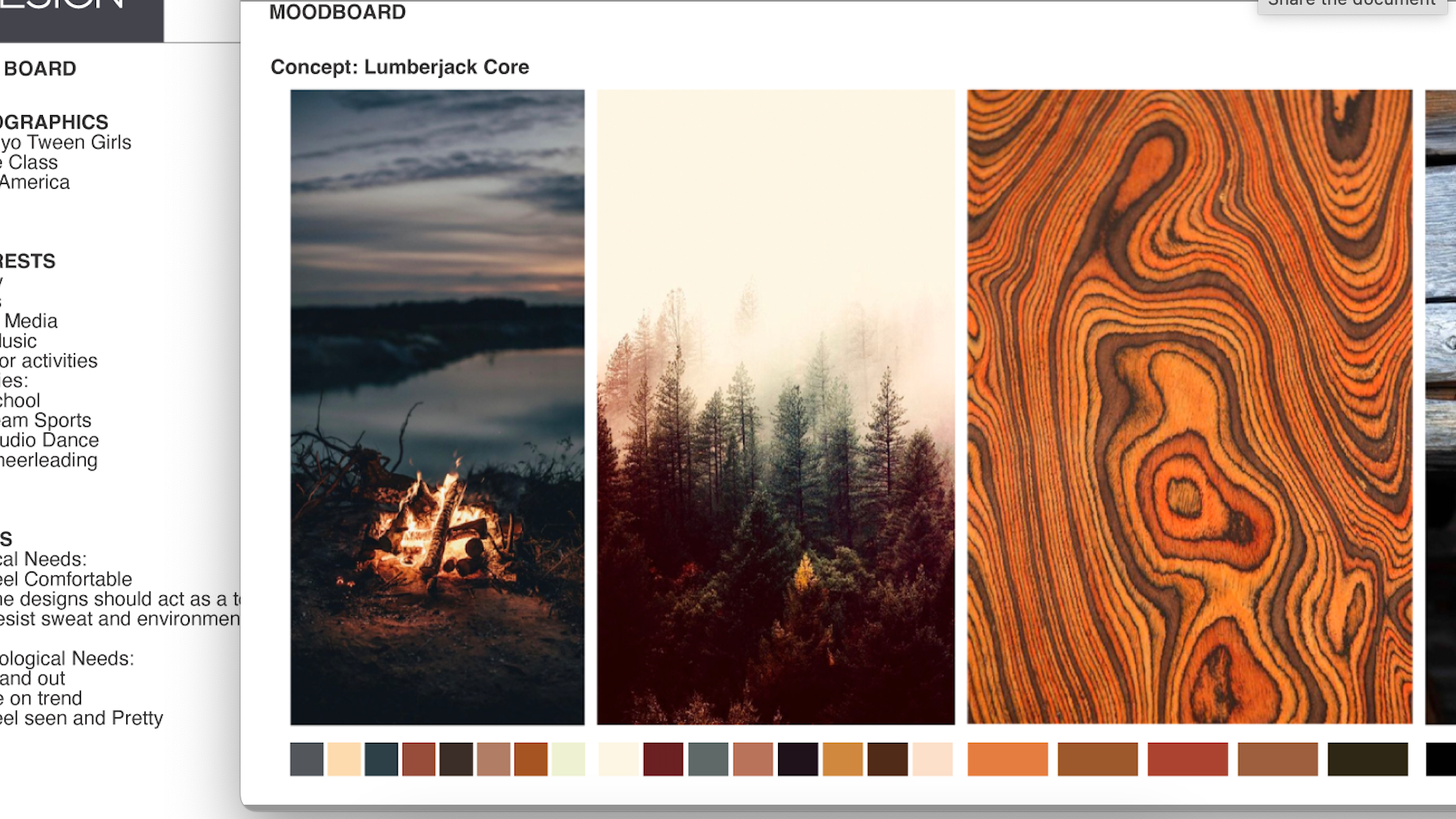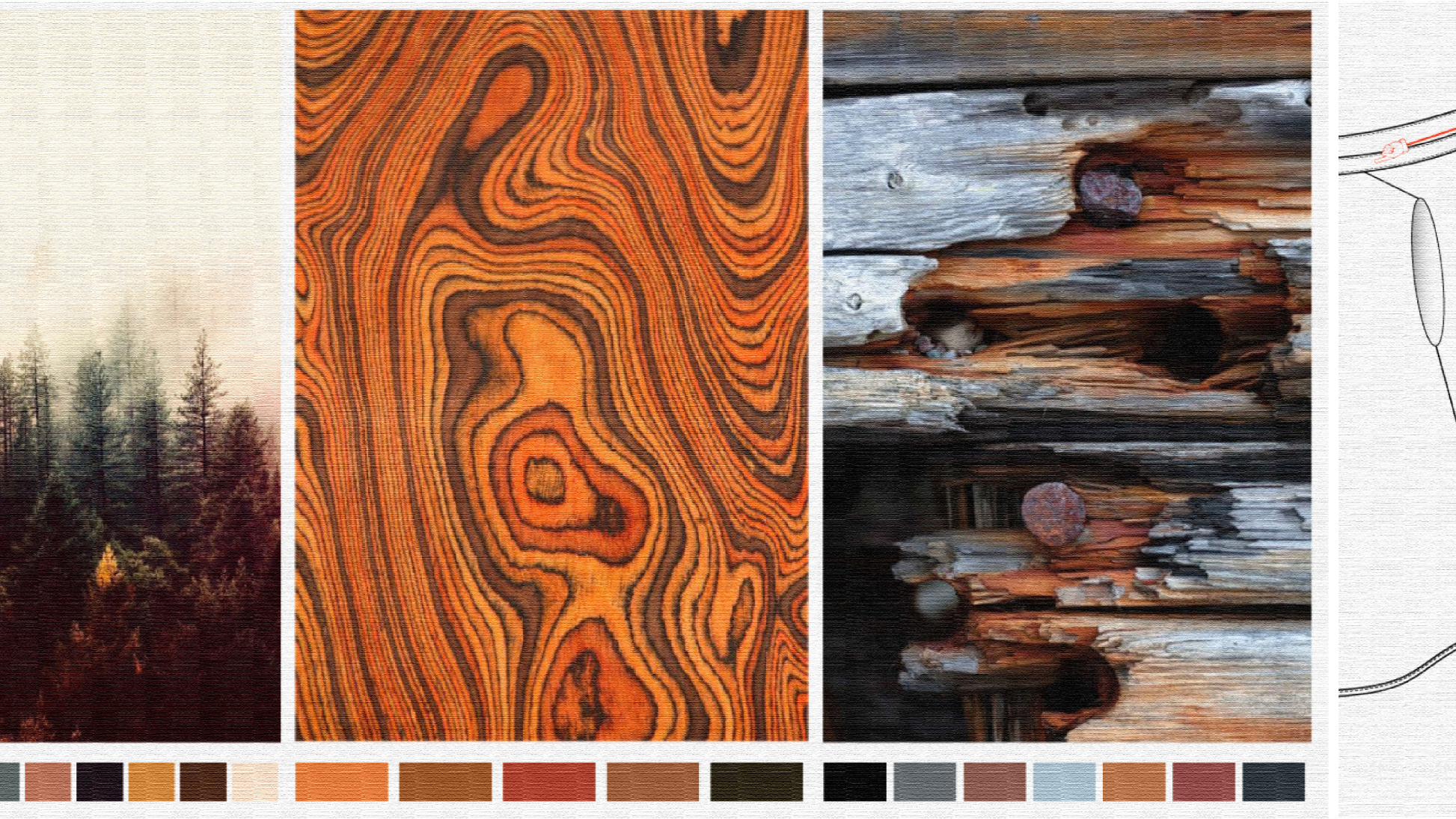Drawings and Illustrations are communication devices that you will use in the development of your project, garment or collection, a representation of your idea will help create a clear and precise reference of what you want to accomplish.
There are different representation types, and I will only describe three that I consider the most useful for fashion:
Technical Drawing: This is commonly called flat sketches. They are the basis of your tech pack and what you need to show the factory. A flat sketch communicates many things: where the seams are, what needs to have a topstitch, your trims' location and size, and many more details that the factory needs to know to develop your samples. These are usually black and white drawings presented in 2 or 3 viewpoints: front, back, and inside view.
2D Illustration: This illustration is more representative of your garment and is usually on a body or in a ¾ view of a ghost mannequin. 2D Illustration shows the final product in the colors, materials, and textures previously selected. 2D Illustrations are used to see the final look of the product you want to create, and they are used to see the full range of your collection so you can see how all the items work together. New technologies have been introduced in the past couple of years that allow AI to develop great Illustrations and realistic representations of your garments with a few clicks. All options are valid as long as they serve the purpose of showing what you want to show. Your AI image will accurately represent your vision and idea, which is only possible with a great technical drawing and a clear precise prompt.
3D Rendering: 3D software allows you to model a garment on a real body, getting realistic representations that will help the factory in the development process. This illustration is an invaluable device that shows the garment in action with the body. Moreover, while modelling you can use the exact materials selected in the product development process, which will ultimately help in making final decisions. Overall, a great deal that combines illustration, pattern making, sampling, and fitting.
But which one is best?
The short answer is all of them. Regardless of their cost, representations are your main communication Device throughout your team and with your vendors and manufacturers.
A technical drawing is needed in a tech pack to represent the garment and make the necessary technical zoom-ins to explain the construction details and finishings required;
a 2D illustration is a representation of how you want your garment to look;
a 3D Illustration (also a representation of how it should look) is worked over a real body where it is displayed, and it helps in the development of the patterns of your samples, as well as the fitting.
They complement each other and serve different stages of the development process.
To select one of them, you need to consider different factors:
- Time: each of the illustrations has a different time for their development. So when deciding which one to use, consider how much time you have available to make them. Although very valuable, a 3D illustration requires much more time than the other two representations.
- Budget: This one is obvious but necessary to address. The costs of these are very different. They take not only a different time but a lot of skill is put into developing them.
- Use: Ask yourself what is the ultimate use of this device. In the early stage of your brand, you want to save as much capital as possible, meaning you have to be smart about your resources. A good technical illustration can help you communicate with manufacturers and vendors easily and avoid miscommunication assumptions.
- Manufacturer preferences: Check with your manufacturer its preferences and the formats they work with. What are their preferred formats? Do they work with 3D software? Do they need color Illustrations?
Illustrations and drawings are the beginning of the excitement. They are the first materialization of the idea coming to life. They are important because they will be referenced throughout the Design and Development process.
Do you have more questions about illustrations? Do you have an idea and want to bring it to life? Let’s talk! Get in touch here.


